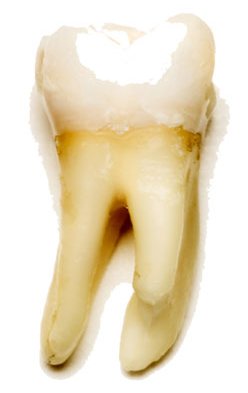Gel tooth regeneration is an innovative approach aimed at restoring dental health by harnessing the body’s own regenerative capabilities. The surge of interest in this cutting-edge therapy underscores the ongoing quest for solutions that minimize invasive procedures while maximizing healing outcomes. Unlike traditional methods such as fillings or crowns, gel-based regeneration focuses on promoting the natural healing processes of the tooth and surrounding tissues.
The foundation of gel tooth regeneration lies in bioactive compounds. These gels often incorporate a blend of growth factors, peptides, and stem cell-derived elements that work synergistically. Growth factors encourage cellular proliferation and differentiation, enhancing the body’s capacity to repair damaged dental structures. Peptides play a crucial role by facilitating cell signaling pathways, which further corroborates the regenerative process.
One notable aspect of these gels is their delivery mechanism. Administered through a syringe or applicator, the gel can be placed directly on the affected area, ensuring targeted treatment. This localized application minimizes systemic effects, expanding the therapeutic potential while reducing the likelihood of adverse reactions.
There are various types of tooth regeneration gels currently being researched and developed. For instance, some formulations are designed specifically for enamel repair. These gels contain minerals like hydroxyapatite, closely mimicking the natural composition of tooth enamel. When applied, they adhere to the enamel surface, facilitating remineralization and enhancing its structural integrity.
Other variations may focus on dentin, the softer part of the tooth that lies beneath the enamel. Dentin regeneration gels often include components that stimulate odontoblast activity, prompting the production of new dentin. This can be particularly critical when addressing cavities or other forms of tooth decay.
The clinical implications of gel tooth regeneration extend beyond mere aesthetics; they also address the underlying pathophysiological issues associated with dental deterioration. Early research indicates that these gels may offer an effective solution for individuals who are non-responsive to conventional treatments. Furthermore, the minimally invasive nature of the therapy is appealing to patients adverse to traditional dental procedures.
As with any emerging technology, clinical trials are imperative to validate efficacy and safety. Dental professionals are keenly observing the outcomes of these trials, as successful results may lead to a paradigm shift in holistic dental care. The incorporation of gel tooth regeneration into standard practices could redefine how dental professionals approach patient treatment plans.
In conclusion, gel tooth regeneration represents a fortuitous intersection of biotechnology and dentistry, promising patients a forward-looking solution to oral health challenges. With continued research and advancements in this field, the potential for creating healthier, more resilient teeth could change the landscape of dental care as we know it.
